Today is Gofuku no Hi (着物着ます, Wear Kimono Day), and even though I finally have some kimono that fit me well, I just wasn’t up to getting dressed myself. I’m still under the weather from allergy season and a few days ago I stepped on a very large chunk of glass and my foot hurts enormously. But I couldn’t let the day pass by without at least dressing the mannequin!
I’d been feeling sort of uninspired lately, trying to come up with interesting new coordinations with pieces I own and love but nothing was coming to mind. Suddenly, yesterday, it hit me. My beloved geisha hikizuri and octopus obi from 3Magpies Studio would come together perfectly to form an elegant. monochrome undersea outfit.
Dressing the hikizuri like a regular kimono was more of a challenge than I’d anticipated. There’s a ton of fabric folded up under the obi but I think I did a very good job of keeping it neat and tidy. I really love how the theme and colours came together, and this gorgeous octopus obidome with pearls and red synthetic coral pieces from PintoPonyProductions was the perfect crowning touch.
Back when I did the Disney Princess Project a lot of folks suggested I do villains. While it wasn’t my intention, between the purple tones and aquatic motifs this outfit has a definite Ursula vibe to it. Maybe I will do the villains after all!
Items used in this coordination
- Araiso Geiko Hikizuri
- Octopus Nagoya
- Octopus haneri
- Red Chirimen
- Lilac with Olive
- Octopus

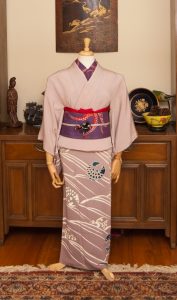
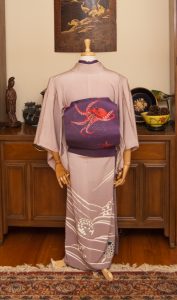

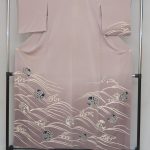
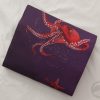
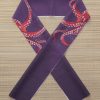
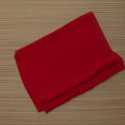
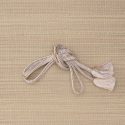
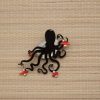
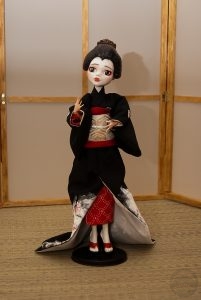
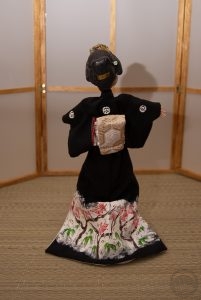
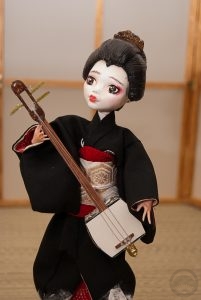
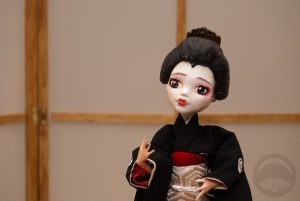
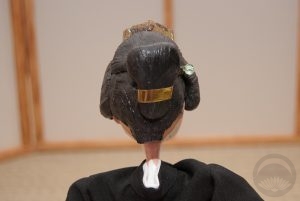
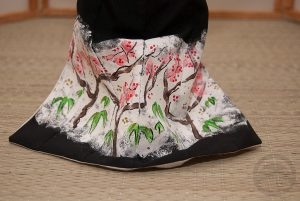
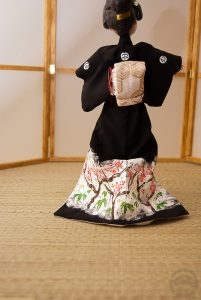
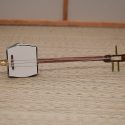
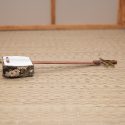
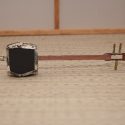
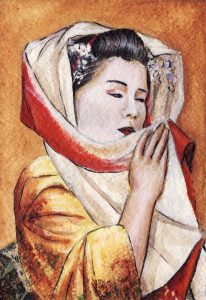
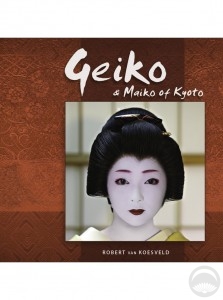

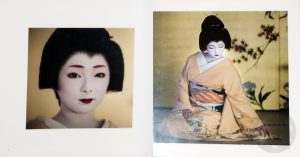
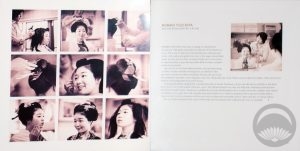
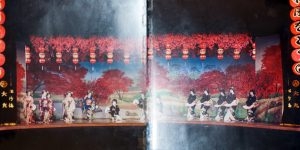
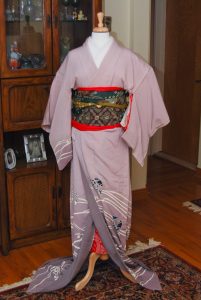
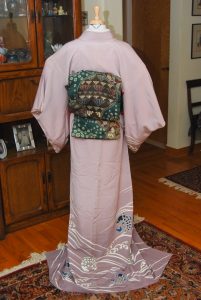
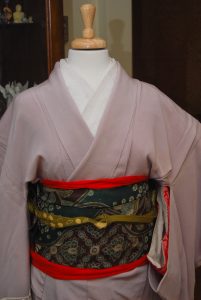
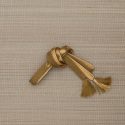











 Bebe Taian
Bebe Taian CHOKO Blog
CHOKO Blog Gion Kobu
Gion Kobu